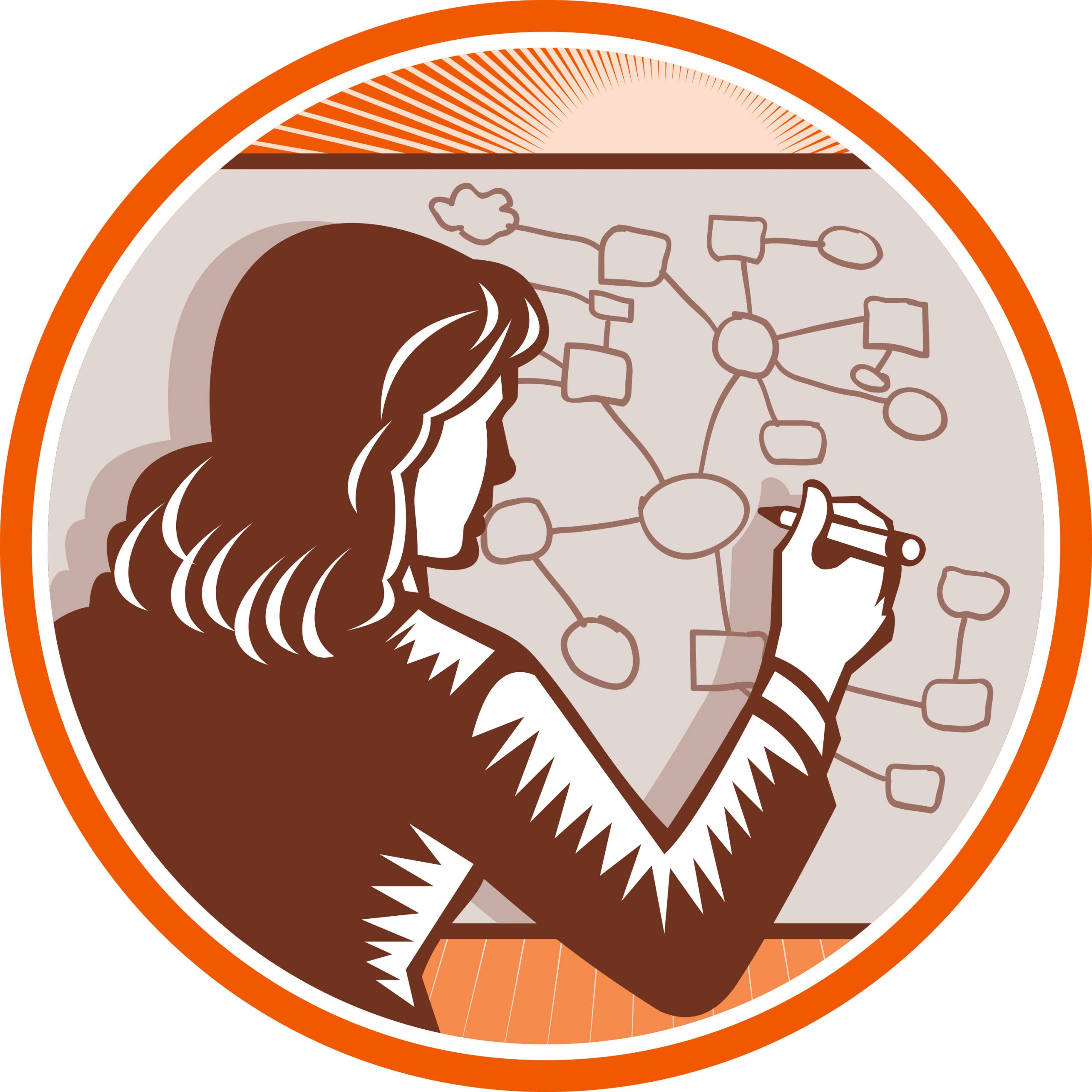
#1 Identify your most expensive product or service. This is the tip/bottom of your funnel and what all of your activities, products, and services funnel into.
#2 Identify the price for this product or service. It should be a fair price that meets demand and solves a high level problem and provides a substantial value.
#3 Identify a tiered product/service offering that gradually increases from free to your previously identified most expensive item. Each item provides value and builds upon itself to offer increasing value and benefit.

#4 Create a system to brainstorm your free content, the largest portion and top of your funnel. This includes all of the content you normally publish to generate awareness and drive traffic. You can use the following tools:
- List
- Mindmap
- Keyword research
- Google Alerts
- Consumer surveys
- Previously published content
- Competition
- Trends
- Social media

#5 Create a schedule and content plan for your free content. The content marketing strategy includes:
- Blog posts
- Podcast(s)
- Video(s)
- Interview(s)
- Viral Report(s)
- Guest blogging
- Article marketing
- Social media posts

#6 Create a freebie or free offer to introduce or pull people into the next tier of your funnel. The goal of this offer is to capture an email address.
- Newsletter
- eCourse
- Report
- eBook
- Audio
- Video
- Tutorials
- Webinars

#7 Create an introductory product or service that meets your target audience’s basic needs.
- Ebook
- Guide
- Webinar
- Group Coaching
#8 Identify an introductory price for the product or service that your customers will be able to easily justify and part with.

#9 Create a mid-level product or service that meets your target audience’s basic needs.
- Ebook
- Webinar series
- Home Learning Product
- Individual Coaching
#10 Identify a mid-level price for the product or service that your customers will be able to easily justify and part with.

#11 Establish a marketing strategy to connect with customers as they move through the funnel to upsell and help them take the next step.
Use this plan for your offer funnel checklist to guide you as you plan your offer and create a system to introduce prospects to your funnel and move them through seamlessly.
































